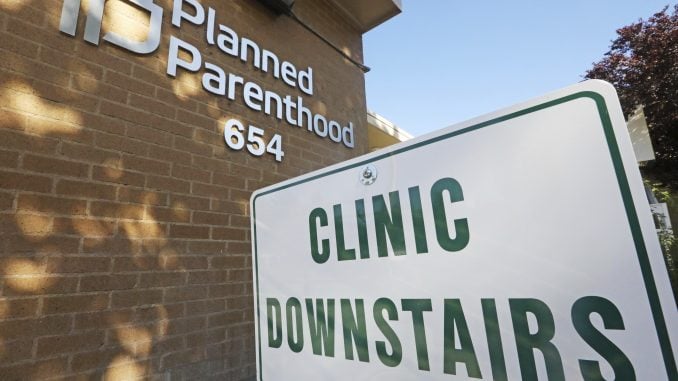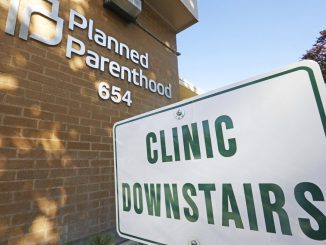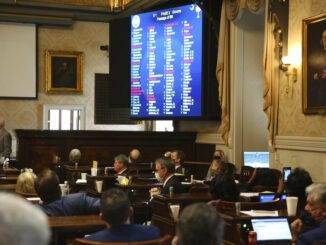
WASHINGTON, D.C. — Planned Parenthood has decided to withdraw from the federal Title X program instead of complying with a revived rule that, in part, prohibits clinics from making direct abortion referrals.
Roughly 4 million patients are served under the program. Planned Parenthood, the nation’s largest abortion provider, says it serves 40% of them.
“I applaud our pro-life president for keeping his promises to protect all life and to ensure that taxpayers do not subsidize abortion providers like Planned Parenthood that have been receiving Title X funds for family planning services,” said Rep. Virginia Foxx (R-NC) in a statement.
Foxx’s statement included details on the Title X Abortion Provider Prohibition Act that would take the next steps by codifying the rule so that Congress preserves the intent of the Title X Program “as restored by President Trump” and so that it “cannot again be undermined.”
Planned Parenthood announced earlier this year it would refuse to comply with the Title X order, deciding instead to sue in March of 2019.
Alexis McGill, Planned Parenthood’s acting president and CEO, has said that the organization was “forced out” of the Title X Act, calling it a “gag rule” that is “unethical and dangerous.”
McGill replaced Dr. Leana Wen, who was ousted after only 8 months by the organization in July. Her statement says her departure was over “philosophical differences over the direction and future of the organization” with members of Planned Parenthood’s leadership.
Planned Parenthood’s attempt to block the Title X rule was denied by the U.S. Court of Appeals for the 9th Circuit on Aug. 16.
Under the Title X program, $260 million in grants for family planning goes to clinics around the country. Planned Parenthood’s share of that is $60 million.
McGill reportedly said that the company would keep their facilities open and would find ways to compensate for the loss of federal money. Planned Parenthood’s withdrawal from the program has left states like Utah and Minnesota scrambling to raise money through new fees, fundraising and dipping into financial reserves.
However, despite turning down the $60 million, Planned Parenthood itself appears to be solvent, with current total assets estimated to be roughly $1.9 billion.
For the fiscal year 2018, Planned Parenthood had a record income of $1.67 billion and a profit of just under $245 million, the highest annual profit in the company’s history. During that same fiscal year, Planned Parenthood received $631 million in donations and over $563 million in taxpayer funds.
Title X, from inception, was and still is designed to give aid to low-income families or the uninsured for comprehensive family planning and related preventive health services.
The Trump Administration’s Title X rule revives making abortion counseling optional instead of being standard practice. It also requires a complete financial separation from facilities that provide abortions by March of 2020.
The criteria of the Trump Administration’s Title X rule is nearly identical to rules instituted between the 1970s and the late 1980s.
Under the original Title X rules, recipient organizations were prohibited from “engaging in activities that encourage, promote, or advocate abortion.” That prohibition was dubbed the “gag rule” and was later suspended by President Clinton.
Planned Parenthood’s assertion that the Trump Title X rule is the same as the old “gag rule” runs contrary to what the new rule actually says. It’s also contrary to testimony given before Congress by Diane Foley, deputy assistant secretary at the Department of Health and Human Services, that the “regulation permits, but does not require, nondirective pregnancy counseling, including nondirective counseling on abortion.”
Foley’s remarks highlighted that the intent of the final Title X rule was to “ensure program integrity, consistency and compliance” with the original statutory intent of Title X, specifically that no funds for the programs be used “where abortion is a method of family planning.”



